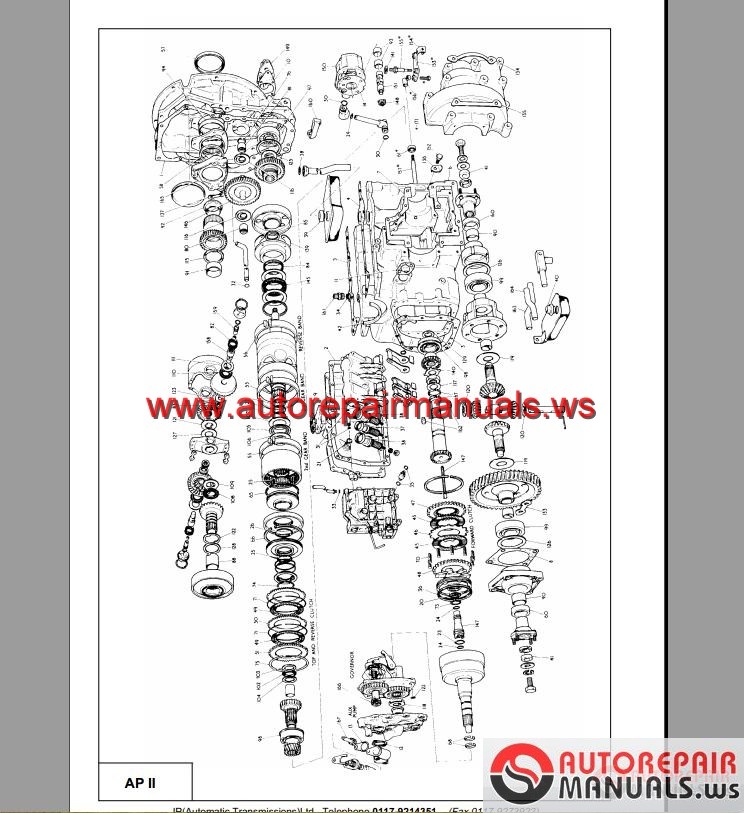
over the past 20 years follows the OBD II standard. Previous iterations of OBD were retroactively classified OBD I. Known as OBD II, that standard was implemented for the 1996 model year and is still in use today. However, CARB didn’t issue standards for the systems until 1994. Several automakers introduced computer interfaces for their own cars before the 1990s, but the push to standardize didn’t begin until 1991, when the California Air Resources Board (CARB) mandated that all cars sold in California needed some form of OBD capability. That created the first major need to put computers in cars. Like its predecessors, EFI regulates fuel flow into the engine, but it does so using electronic signals rather than mechanical bits.

Unlike carburetors or previous mechanical fuel-injection systems, electronic fuel injection (EFI) requires computer control. OBD has existed in various forms long before anyone ever uttered the words “infotainment” or “connected car.” It came about primarily because of two factors: The need to regulate emissions, and the mass adoption of electronic fuel injection by automakers beginning in the 1980s.
#1980 TOYOTA DIAGNOSTIC ADAPTER SOFTWARE#
It has become more important as cars have become increasingly computerized, and software has become the key to fixing many problems and unlocking performance. It’s the standardized system that allows external electronics to interface with a car’s computer system.
#1980 TOYOTA DIAGNOSTIC ADAPTER CODE#
By understanding the differences in OBD versus OBD II and the different code readers available, you can address almost any issue that arises in your car. Onboard diagnostics provide near-universal codes, allowing users to understand what is going wrong in their vehicle. Whether your engine is running low on oil or a spring is out of place, the OBD steps in to diagnose the issue. Now, OBD, or on-board diagnostics, diagnoses almost every issue within your vehicle.

Modern vehicles’ sophisticated electronics go far beyond the simple car mechanics most of us grew up with.


 0 kommentar(er)
0 kommentar(er)
